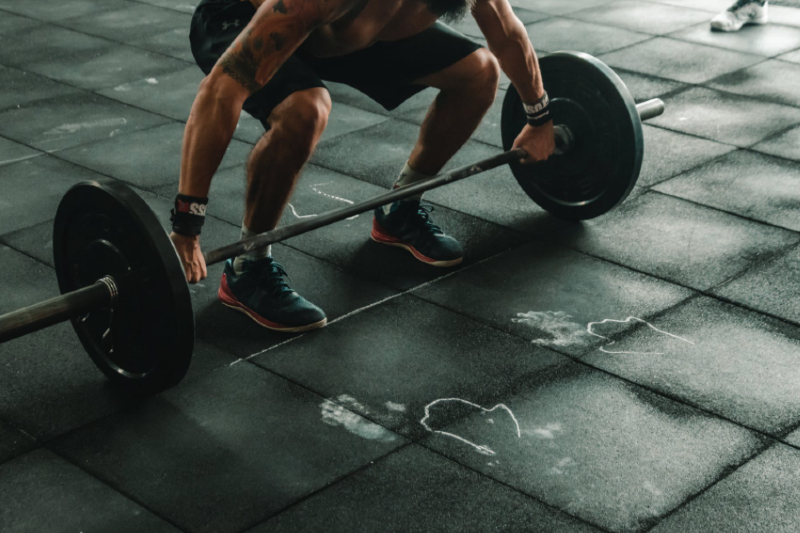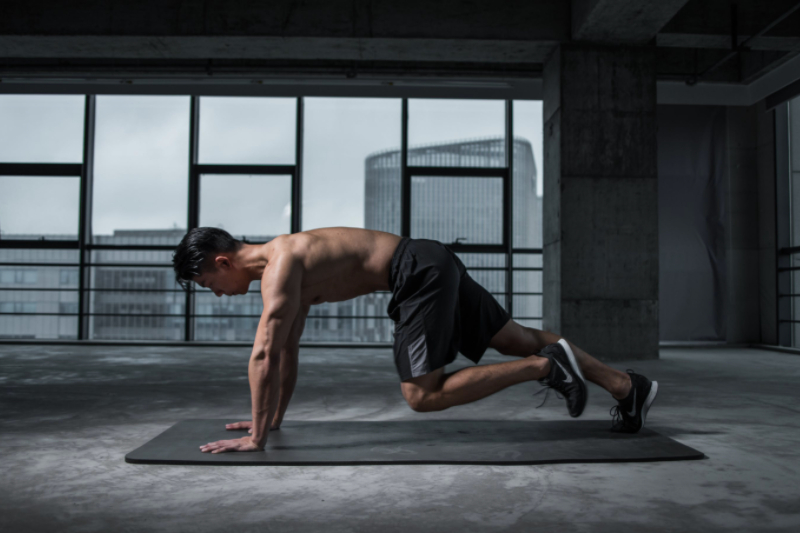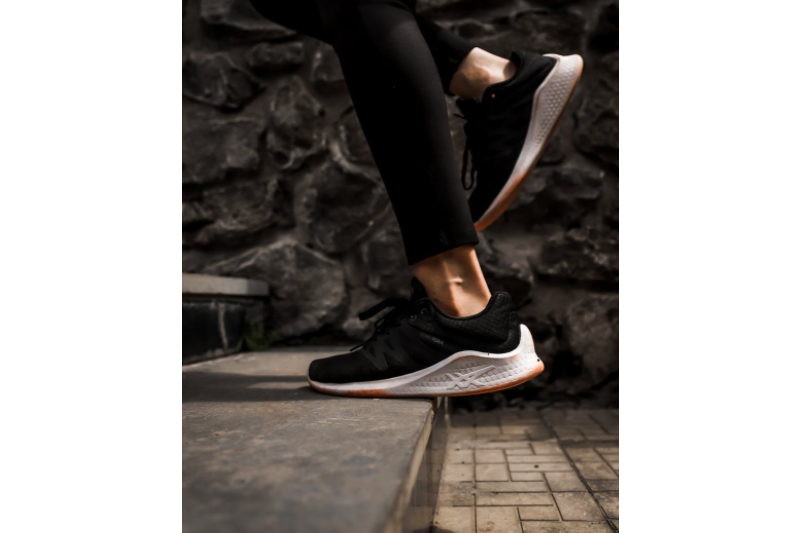Working out can be a big undertaking for a lot of people. Unless you grew up in a weight room or played sports throughout school, it can seem like a daunting task. While the best piece of advice is to just start, where exactly to start can be a bit of a complicated question.
Sure you could just decide to join a gym, buy some weights/bands/equipment, but then what? While doing something is going to be better than doing nothing, as time progresses, you want to start a plan of attack. This will help you maximize time spent working out and exercising and let you see the best results as fast as possible.

As you progress and start to build out your workouts, a commonly asked question arises: How many exercises should you do per muscle group?
The answer. It’s a bit complicated.
How Many Exercises Should You Do Per Muscle Group?
Ultimately, this is going to vary depending on multiple factors:
- Type of training you’re performing
- Time availability such as session length and how many times per week you train
- Session length
- How many times per week you train
- Goals
- Sport/Performance
- Size/Bodybuilding
- Total Body Toning
- Your current fitness level
All of these concepts will come into play once you start building out your workouts. Once you have answered those questions, then you can look a little further into the specifics of training volume.

What is Training Volume?
In general, training volume refers to the number of exercises, sets, repetitions, and weight used during a given workout, more specifically, over a given amount of time (commonly a weekly basis). From here we can break down the workload even further.
Considerations for Sets & Repetitions
To truly maximize exercises per muscle group, we need to break down sets and reps and define different schemes that have shown to be effective for specific goals.
Strength Training
- 5 repetitions or lower
- Generally higher rest between sets (2-5 minutes) to allow full CNS (central nervous system) recovery
- 5 sets or fewer on working sets (this does not include warm-up sets)
- Weight should be near maximal
Bodybuilding and Size Training
- 8-12 rep range is ideal for maximizing muscle hypertrophy (growth), with decent strength improvement
- Moderate rest usually 45-90 seconds between sets
- Moderate to heavy weight without sacrificing good form
- 4-6 sets
Muscular Endurance Training
- Generally working within the 15-20+ rep range
- Weight is on the lighter side
- 30-45 seconds rest between sets
- 3-4 sets

Training Goals
Now that you have a better idea of the training volume needed to maximize the workouts, you need to figure out what your exact goals are. Once that is figured out, then you can plan out the workout split (how many times) for a given week.
Total Body Toning Training
- A great starting point to maximize fat loss and build muscular endurance is through total body workouts
- Perform them three (3) days per week – one (1) full rest day between sessions
- Typical Total Body Splits
- Monday, Wednesday, Friday
- Tuesday, Thursday, Saturday
- Typical Total Body Splits
- Typically start with 1-2 exercises per muscle group with a total of 6-8 exercises per session
Sport/Performance Training
- Typically to maximize this type of training goal, working out muscle groups 2-3 times per week is best
- Typical splits: push/pull or upper/lower body days
- Monday/Thursday: Push or Upper body sessions
- Tuesday/Friday: Pull or Lower body sessions
- All other days are rest days
- Typically start with 2-4 exercises per muscle group per session
Bodybuilding & Size
- A general rule of thumb to maximize muscle size and growth is to work out each muscle group 1-2 times per week
- Sample Workout Split
- Monday – Chest
- Tuesday – Back
- Wednesday – Rest
- Thursday – Shoulders
- Friday – Legs
- Saturday – Abs
- Sunday – Rest
- Typically start with 6-8 exercises per muscle group per session

Starting & Your Goals
The main goal is to figure out your starting point, given your current fitness level, your goals, then go from there. Once you know that you can start creating your workouts. Most people that do struggle with the question of how many exercises per muscle group, fall on the beginner side of things.
A great starting point would be total body workouts, three (3) times per week until you start to get your fitness level built up. Then as you progress, play around with the different workout splits to keep things interesting, and that way your workouts never get boring.



